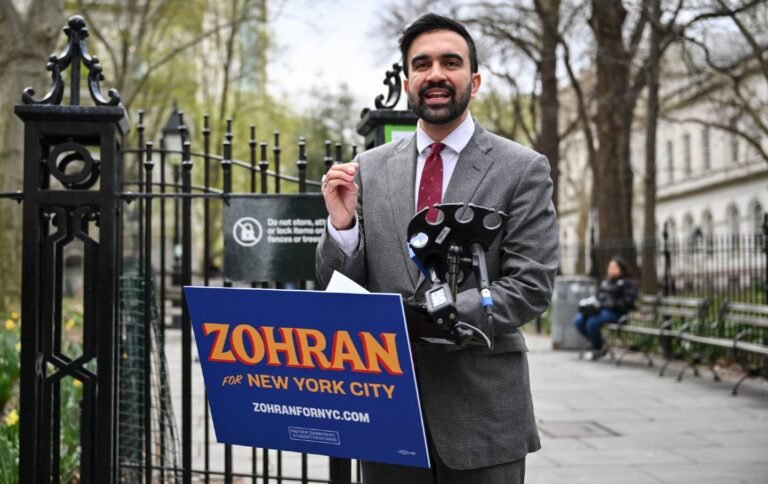Environment
/
April 22, 2025
The mayoral hopeful’s Green Schools plan would renovate 500 public schools, build 500 green schoolyards, and turn 50 schools into resilience hubs.
New York City mayoral candidate and Democratic State Representative Zohran Mamdani campaigns in New York City on April 16, 2025.
(Angela Weiss / AFP via Getty Images)
Zohran Mamdani has not made climate change central to his upstart campaign to become New York City’s first democratic socialist mayor. Mamdani’s surprising success—with polls consistently showing him ahead of all candidates except Andrew Cuomo in the Democratic primary—is built on his pledge to make the city affordable for working-class New Yorkers. At first glance, Mamdani’s signature policies—freezing the rent, making buses fast and free, and providing free universal childcare—do not appear to be climate-related, but Mamdani insists that they are. In an exclusive interview about his climate and education plan, Green Schools for a Healthier New York City, which is being launched today, Mamdani told me, “Climate and quality of life are not two separate concerns. They are, in fact, one and the same.”
The Mamdani campaign sees schools as one of the best ways to prove this. “Our schools sit at the nexus of so many different parts of our city and so many of the different struggles that we face as a city,” Mamdani told me. “They serve more than 900,000 students every day, and they offer us not only a responsibility that we have to fulfill but an opportunity for comprehensive climate action.”
Current Issue
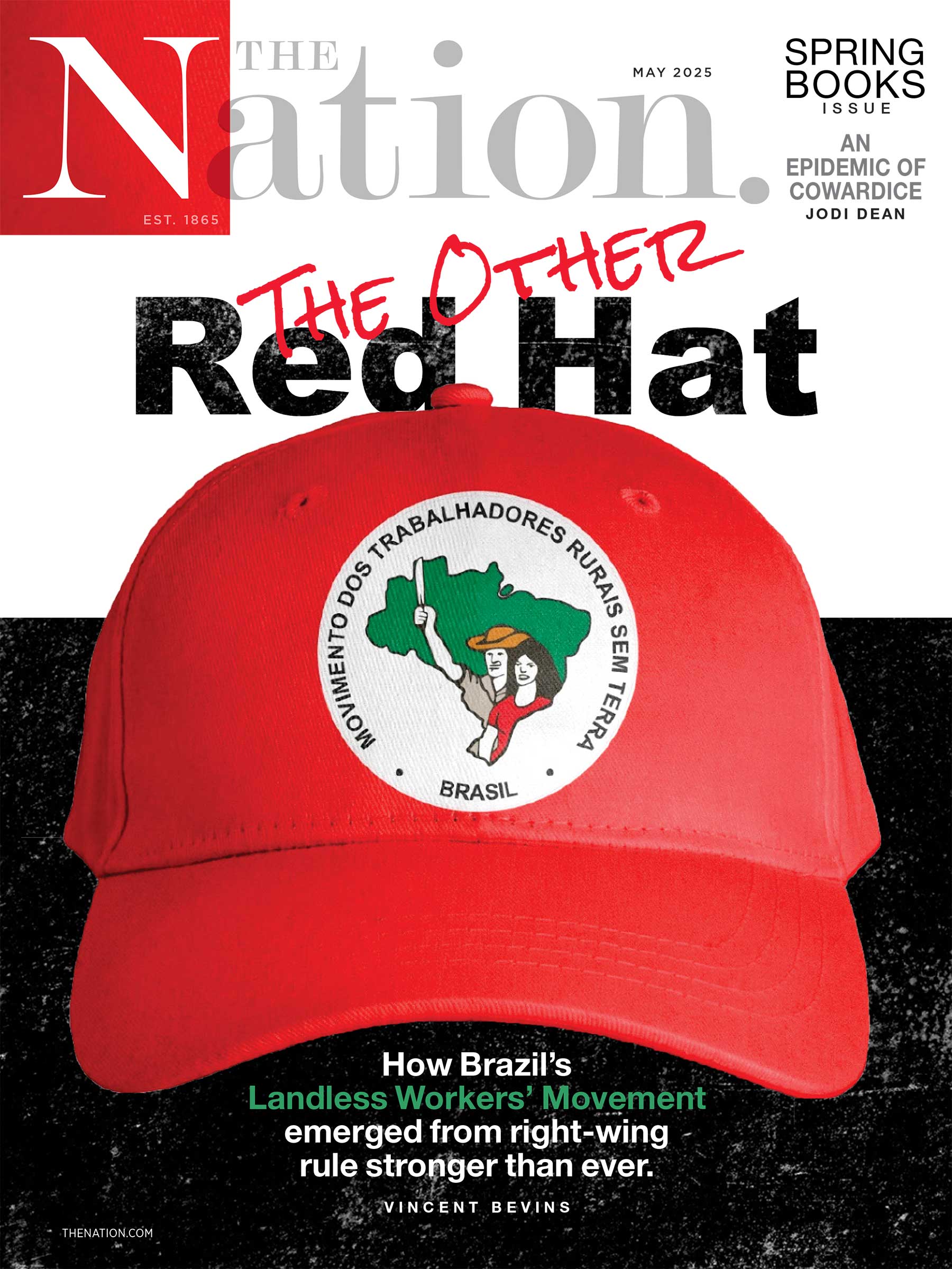
The Green Schools plan meets this opportunity with three major infrastructural projects. First, it would renovate 500 public schools (over a quarter of the city’s total stock) with renewable energy—specifically rooftop solar—and HVAC upgrades to accelerate the city’s energy transition and improve learning conditions. Second, it would build 500 green schoolyards, transforming heat-absorbing asphalt into green space serving students and community residents. And third, it would transform 50 schools into resilience hubs, which serve as year-round community resources and where neighborhood residents can gather and receive aid and/or shelter during extreme weather events such as heat waves and flooding. Resilience hubs were first built in Baltimore and are a key feature of climate adaptation plans in more than 250 cities across the country. Local schools that residents know, trust, and often cherish are seen as ideal locations for these hubs.
These infrastructural projects are guided by two overarching principles. The first is the use of union labor. The Mamdani campaign estimates that the Green Schools plan will generate at least 15,000 union jobs. The second is combating environmental racism by, for instance, prioritizing out-of-date school facilities most often located in communities of color. By linking climate action to quality-of-life improvements for New York City’s marginalized communities, the Green Schools plan would combat the notion, perpetuated by utilities companies and others, that there is an inherent trade-off between meeting climate goals and affordability.
A member of the volunteer group of climate experts, researchers, and activists that helped develop Mamdani’s climate plan, who asked to remain anonymous because of fear of retribution from the Trump administration, explained how the group came to focus on education: “New York City’s existing slew of climate policies have failed the question of the affordability crisis in the city and have failed the question of public goods.”
The group determined that a schools-based climate plan could address both issues. This volunteer, who is a climate expert, noted, “The Green New Deal for Schools [a notable reference for Mamdani’s plan] seems like a unicorn of climate policy. It’s very popular in polling. It has the support of labor, because it involves a lot of work that is unionized. People like their neighborhood schools.… But they’ve been underfunded over the last three decades of austerity. The idea was that we can rekindle faith in this critical public infrastructure by making schools climate-friendly.”
Green Schools for a Healthier New York City is meant, Mamdani said, “to showcase that taking on the climate crisis is also an opportunity to transform the quality of life for working-class New Yorkers, and to do so specifically at the point where so many interact with government the most, which is our public school system.”
A hallmark of the Green Schools plan, and Mamdani’s approach to climate policy overall, is an insistence on using a reinvigorated state to achieve policy goals. Daniel Goulden, a strategy cochair of the New York City Democratic Socialists of America Ecosocialist Working Group and one of the volunteers who helped design Mamdani’s climate plan, explained, “Our view has always been that if you want to transition off of fossil fuels you need to have the state directly involved.” In Goulden’s view the state’s role must be multifaceted. “We believe that not only does the state need to tell oil companies, ‘You can’t do this anymore,’ but the state [also] needs to build renewable energy, and to do it on a scale that will avert the climate crisis.”
Mamdani views his support for a robust public sector as one of the features distinguishing his approach to climate policy, and governance generally, from competitors like Andrew Cuomo. “What we see from Andrew Cuomo is a desire to fulfill Eric Adams’s second term. It’s the same donors, the same agenda, the same corruption.”
To Mamdani, plans like his Green Schools for a Healthier New York City offer “glimpses of what the world could look like if the public sector was more associated with innovation than incompetence.”
Rebuilding the public sector and using it to retrofit schools and make them into resiliency hubs for surrounding communities, particularly in communities of color that have suffered decades of environmental racism, are worthwhile goals.
But pursuing this type of ambitious climate action is costly, particularly when it relies upon gold-standard project labor agreements, as the Green Schools plan does. The Mamdani campaign estimates that the plan will cost around $3.3 billion over 10 years, or $330 million a year.
Popular
“swipe left below to view more authors”Swipe →
“How will you pay for this?” I asked Mamdani. He responded by pointing to his recently released proposal to tax the rich. The plan purports to raise $10 billion a year: $5 billion would come from increasing New York State’s top corporate tax rate to 11.5 percent, matching that of New Jersey, $4 billion from imposing an additional 2 percent city tax on incomes over $1 million, and $1 billion from “smart governance” reforms.
It is important to point out that this plan, which provides the financial bedrock for Mamdani’s overall spending plans, relies heavily on the New York State Legislature, which New York City’s mayor does not control. The Green Schools plan details four additional funding mechanisms: tapping unspent money allocated in 2019 to the Department of Citywide Administrative Services; using the 2023 Build Public Renewables Act, which Assemblyman Mamdani helped pass, to partner with the New York Power Authority to build public power for New York’s public schools; implementing a green waiver to the state’s maximum-cost allowance, which would increase funds available to New York City’s public schools for building costs related to decarbonization; and through the use of green school bonds. As with Mamdani’s tax plan, many of these measures depend on institutions and factors beyond mayoral control, raising the question of whether as mayor, he could successfully navigate the challenging political and fiscal waters he would likely face.
Green Schools for a Healthier New York City does not, however, depend on federal funding. This is part of the Mamdani campaign’s efforts to “Trump-proof” the plan. Though if Mamdani were elected, he would inevitably face challenges from the Trump administration, which would almost certainly threaten to withhold federal funds owed to the city and seek to thwart the mayor’s plans. When I asked Mamdani, “How can you achieve your plan with Trump in office?,” he responded, “Too often Democrats take an approach where they decide that it’s not even worth trying. And if you do not try, you fail. You cannot win if you do not try.”
He said he was inspired by the residents of Sackets Harbor in New York, a town of 1,300 people where ICE agents arrested and detained a mother and her three children: “Of those 1,300 people, 1,000 came out to protest, and ICE eventually released that mother and her three children after that public pressure.”
Mamdani’s takeaway from this successful resistance to Trump is that “New York City needs a mayor that is willing to fight [and] stand up, because doing so means we can win. We know that our agenda is not just one we believe is right; it’s one that we believe is popular. When we stand up and say that we have an agenda to transform our city schools, to renovate 500 public schools, to build 500 green schoolyards, to create thousands of union jobs, to transform 50 schools into resilience hubs, and to prioritize those that have long been forgotten, that is an agenda we are willing to fight for. That is an agenda we are willing to defend.” New York City’s June 24 Democratic primary will determine if Mamdani can continue fighting for his agenda or not.
The chaos and cruelty of the Trump administration reaches new lows each week.
Trump’s catastrophic “Liberation Day” has wreaked havoc on the world economy and set up yet another constitutional crisis at home. Plainclothes officers continue to abduct university students off the streets. So-called “enemy aliens” are flown abroad to a mega prison against the orders of the courts. And Signalgate promises to be the first of many incompetence scandals that expose the brutal violence at the core of the American empire.
At a time when elite universities, powerful law firms, and influential media outlets are capitulating to Trump’s intimidation, The Nation is more determined than ever before to hold the powerful to account.
In just the last month, we’ve published reporting on how Trump outsources his mass deportation agenda to other countries, exposed the administration’s appeal to obscure laws to carry out its repressive agenda, and amplified the voices of brave student activists targeted by universities.
We also continue to tell the stories of those who fight back against Trump and Musk, whether on the streets in growing protest movements, in town halls across the country, or in critical state elections—like Wisconsin’s recent state Supreme Court race—that provide a model for resisting Trumpism and prove that Musk can’t buy our democracy.
This is the journalism that matters in 2025. But we can’t do this without you. As a reader-supported publication, we rely on the support of generous donors. Please, help make our essential independent journalism possible with a donation today.
In solidarity,
The Editors
The Nation
More from The Nation
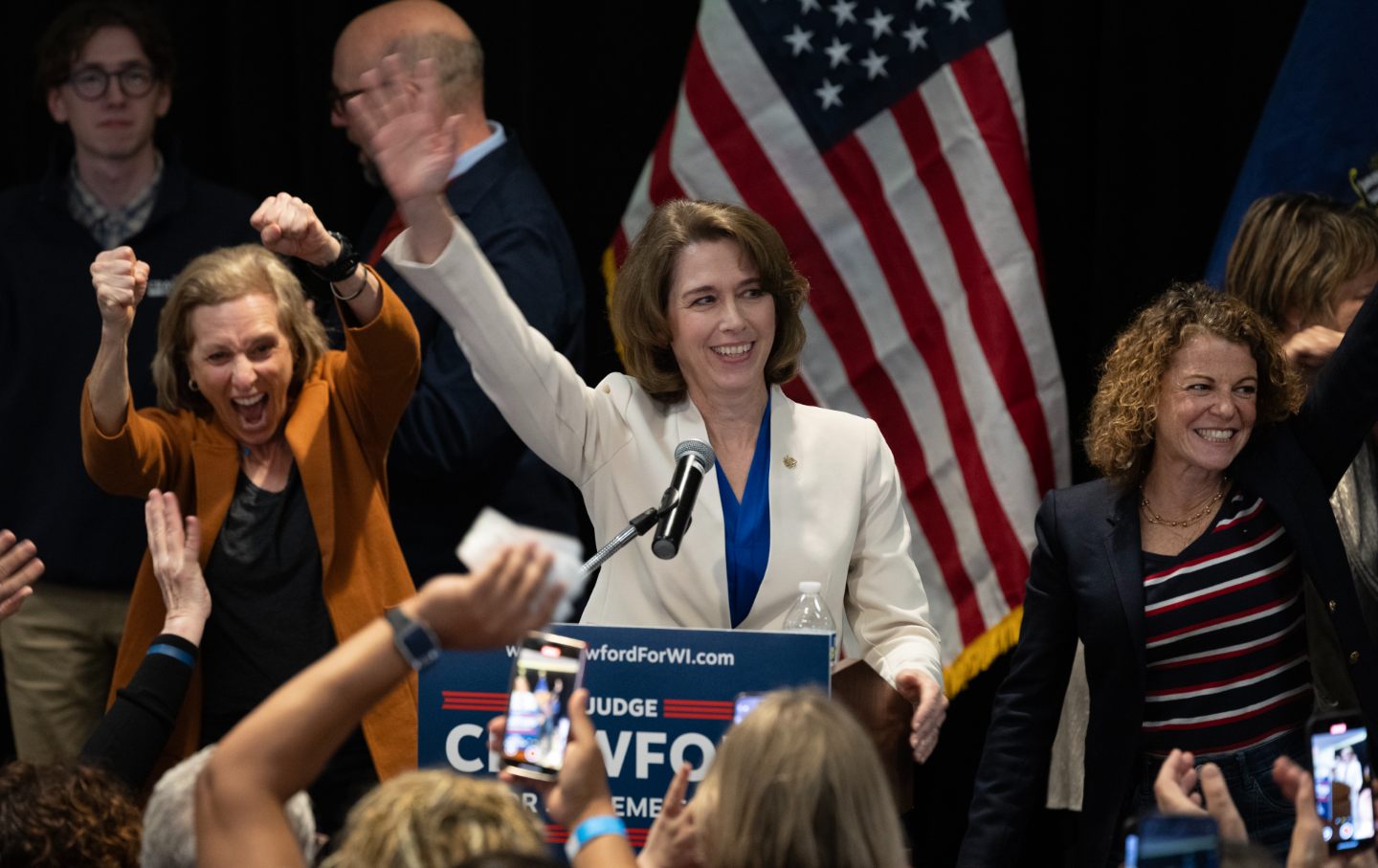
The richest man in the world attempted to buy an election in Wisconsin. His effort crashed and burned, establishing a model for the fight against Trumpism.
John Nichols
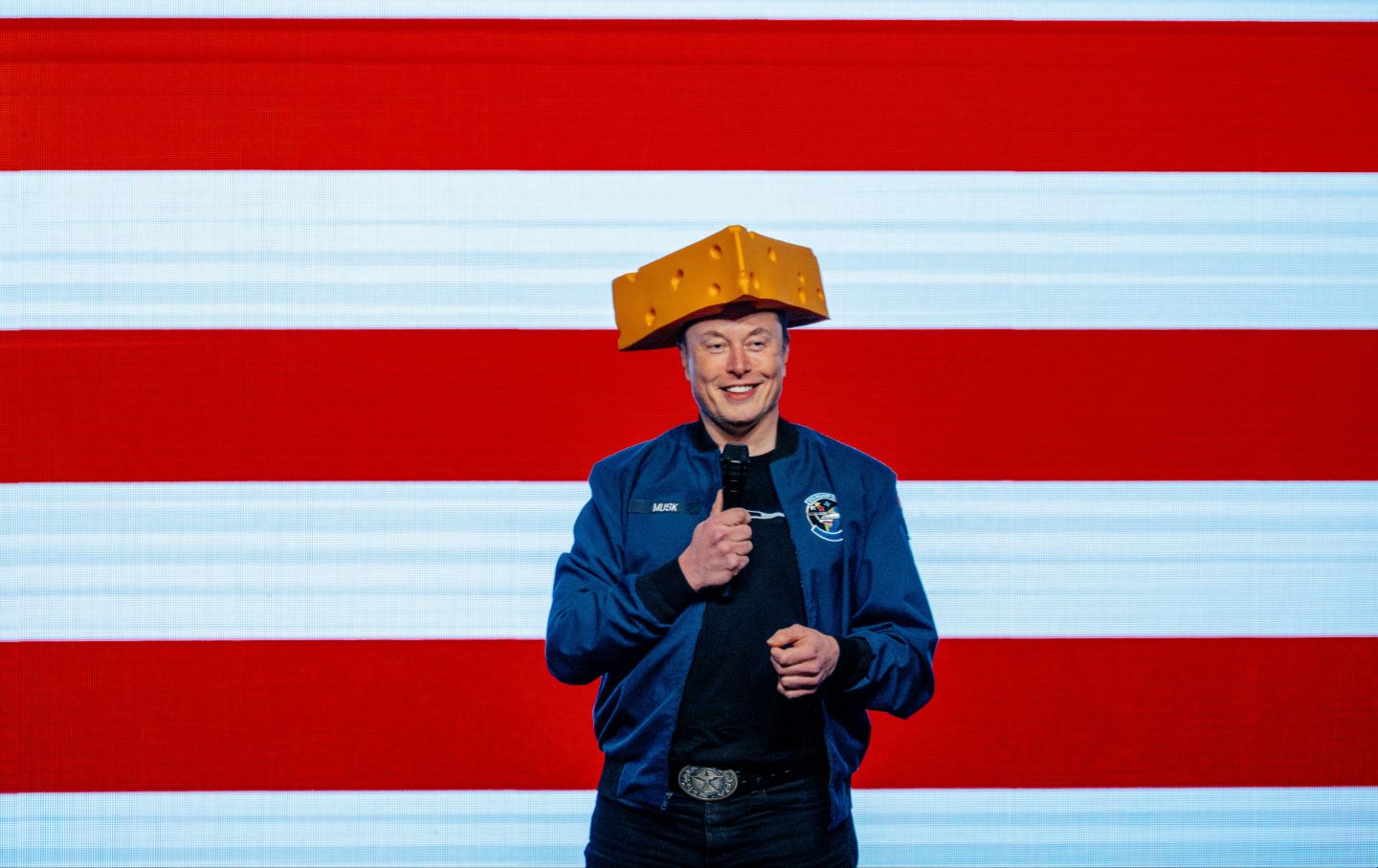
Elon Musk is spending tens of millions of dollars to block free and fair elections in the battleground state.
John Nichols
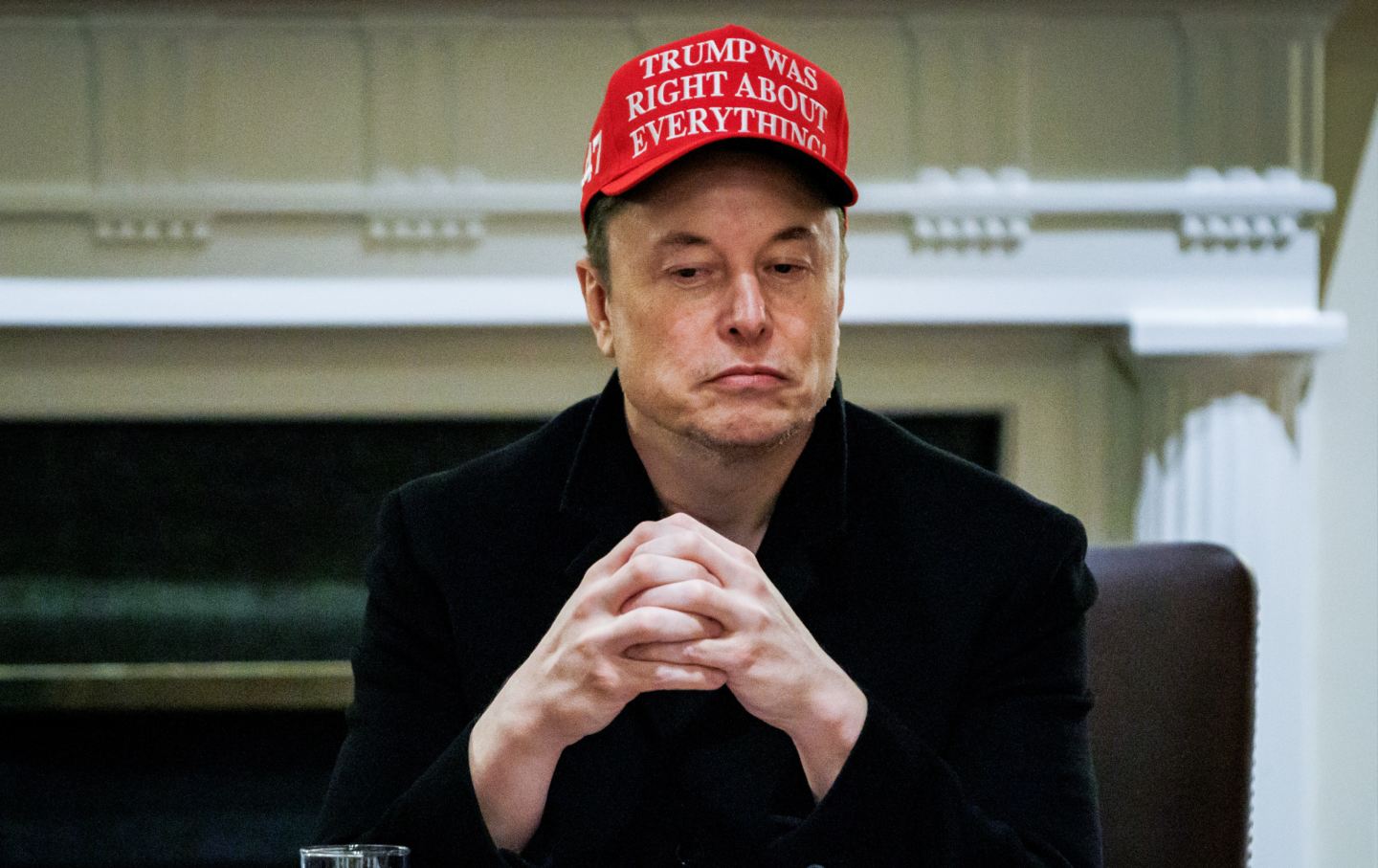
On the eve of a crucial election, Musk stirred huge controversy with the promise of $1 million payments to backers of his crusade against “activist judges.”
John Nichols
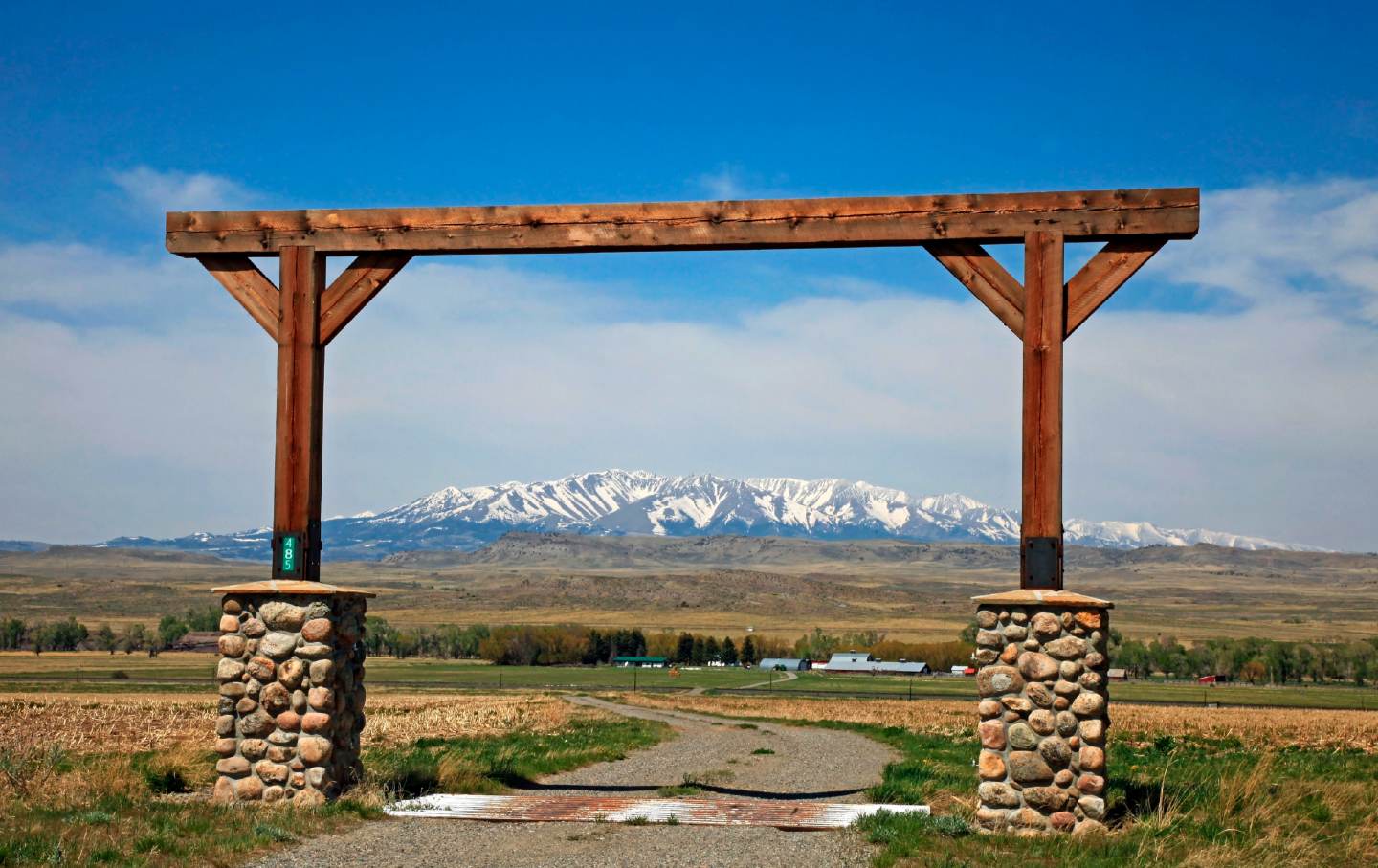
The greater Bozeman, Montana, region has become ground zero for rampant luxury development that is taking the “public” out of public lands.
Erica Etelson
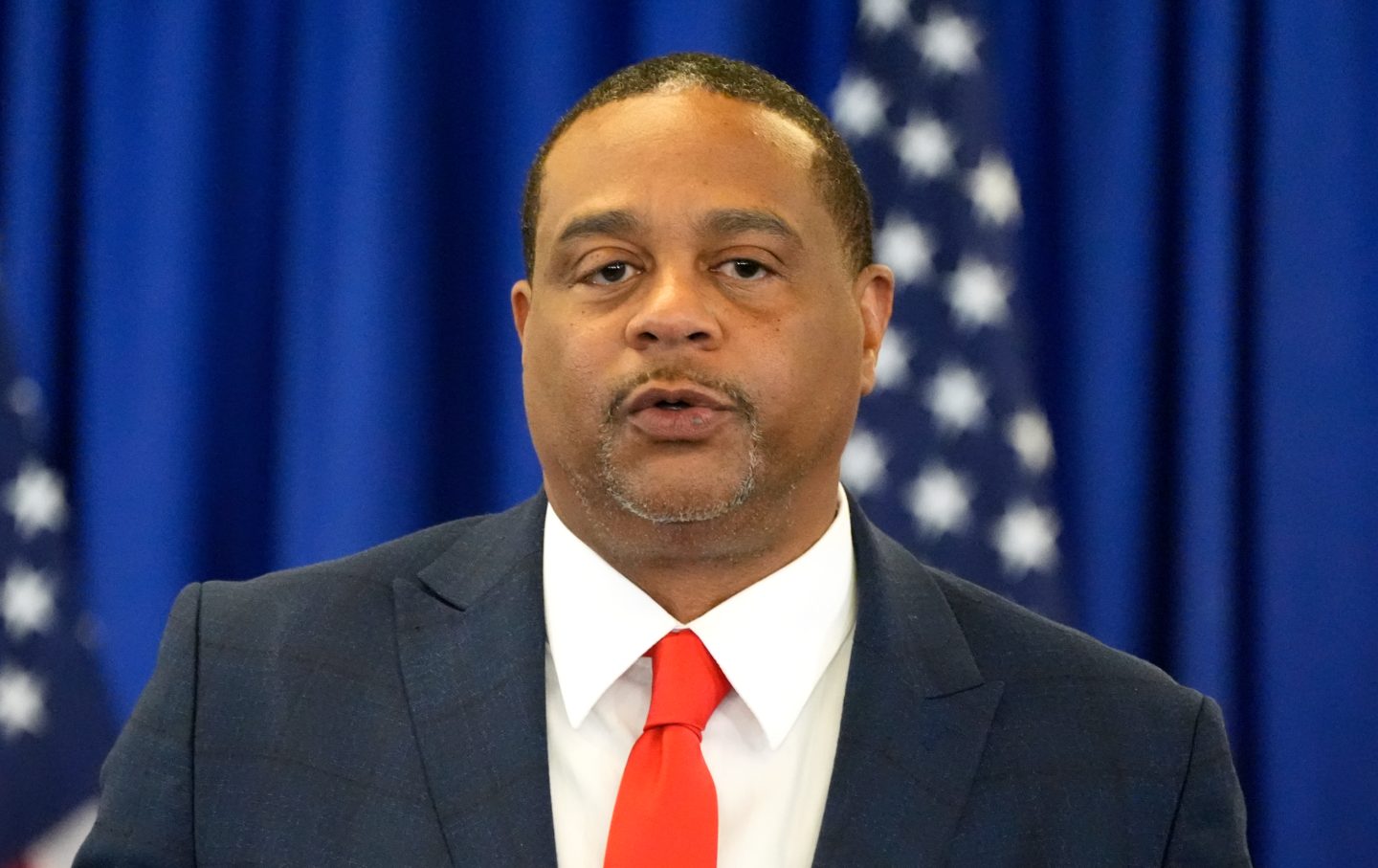
Mayor Ed Gainey has stood up to Trump. Now, the president’s allies are crossing party lines in an attempt to unseat him.
John Nichols
